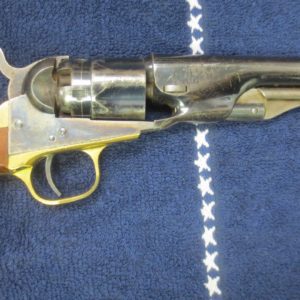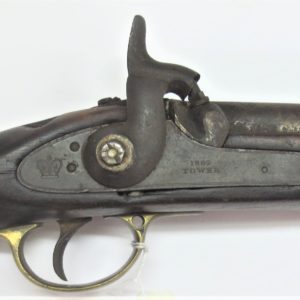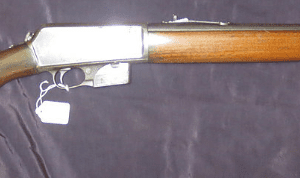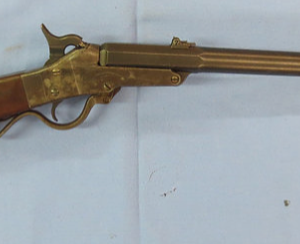Description
Smith and Wesson #2 “Army” with certified direct family provenance as owned and carried by Confederate Gen. William R. Boggs (later a Professor of Mechanics in the Virginia Polytechnic Institute at Blacksburg, now Virginia Tech). This fine wartime handgun comes with full family documentation plus a few extra items as shown. If you ever wanted a CONFEDERATE identified handgun, well…at a fraction of what you might think it would cost!
William Robertson Boggs was born in Augusta, Georgia in 1829. After graduating fourth in his class from the U.S. Military Academy at West Point in 1853, he joined the Corps of Engineers and worked for the Geographical Bureau of the Pacific Railroad Survey. He worked throughout the country improving defenses at U. S. forts. While at one fort, he met and married Mary Sophia Symington in 1855.
At the start of the Civil War, he resigned his post as Captain of the Corps of Engineers in Charleston, South Carolina and became Captain of Ordnance for the Confederacy. He contributed to the war effort by designing guns, securing fortifications, and ordering necessary wares.
In 1861 he worked on improving the defense of Pensacola, Florida under General Braxton Bragg. While serving under Bragg, Boggs became disheartened by Bragg’s failure to promote senior soldiers and he claimed that Bragg mistreated several honorable soldiers. He broke with General Bragg and began service under General Edmund Kirby Smith, who promoted him to brigadier general in 1862.
Boggs resigned his commission after the Red River Campaign and became commander of the Louisiana district just before the war ended. He never formally surrendered to the Federal government. After the war, Boggs became an architect in Savannah before moving to St. Louis, Missouri, where he served as chief engineer of the Lexington and St. Louis Railroad. He later was a professor at Virginia Polytechnic Institute from 1875 to 1881. He then moved to Winston-Salem, North Carolina, where he died in 1911.




